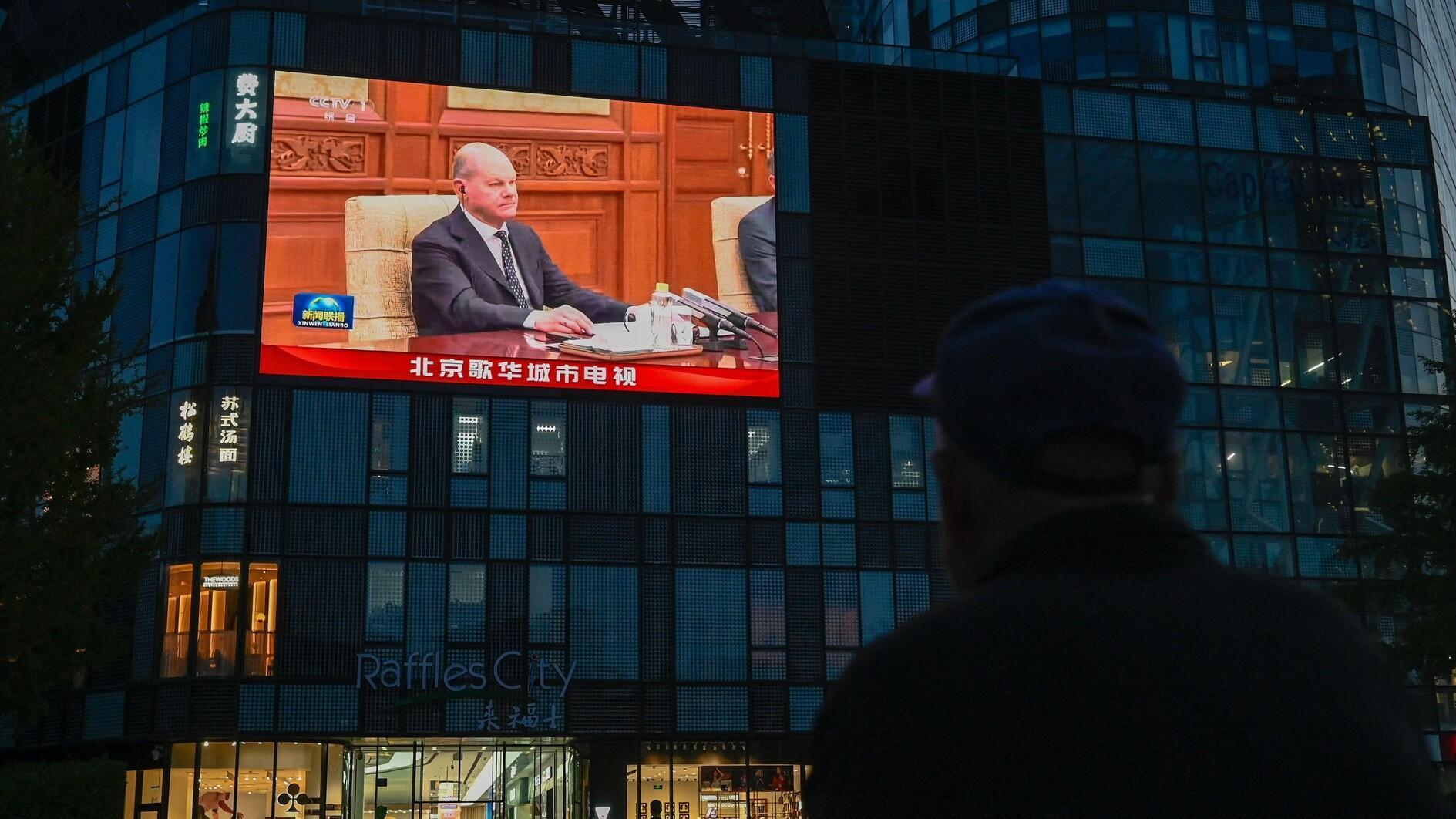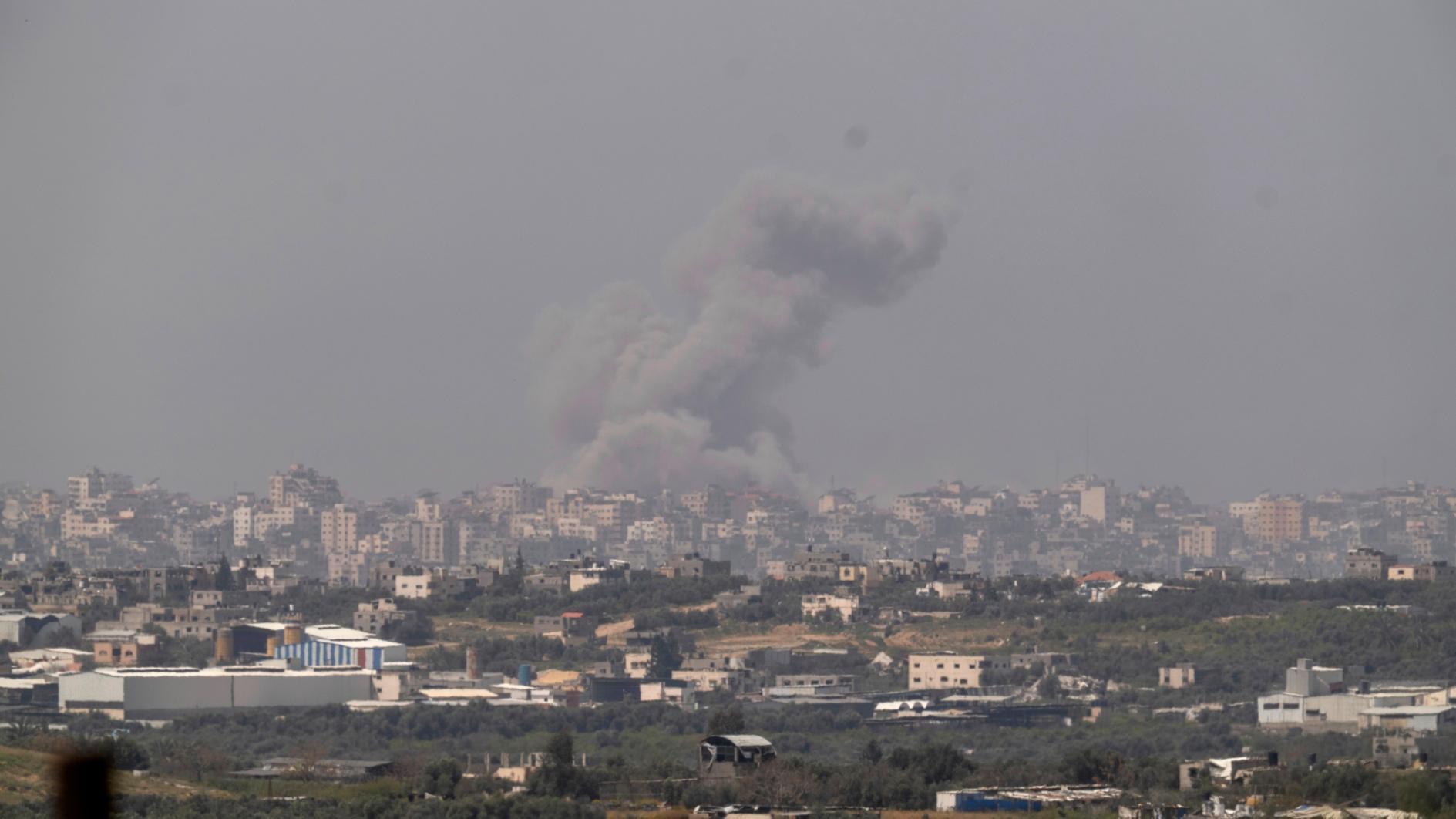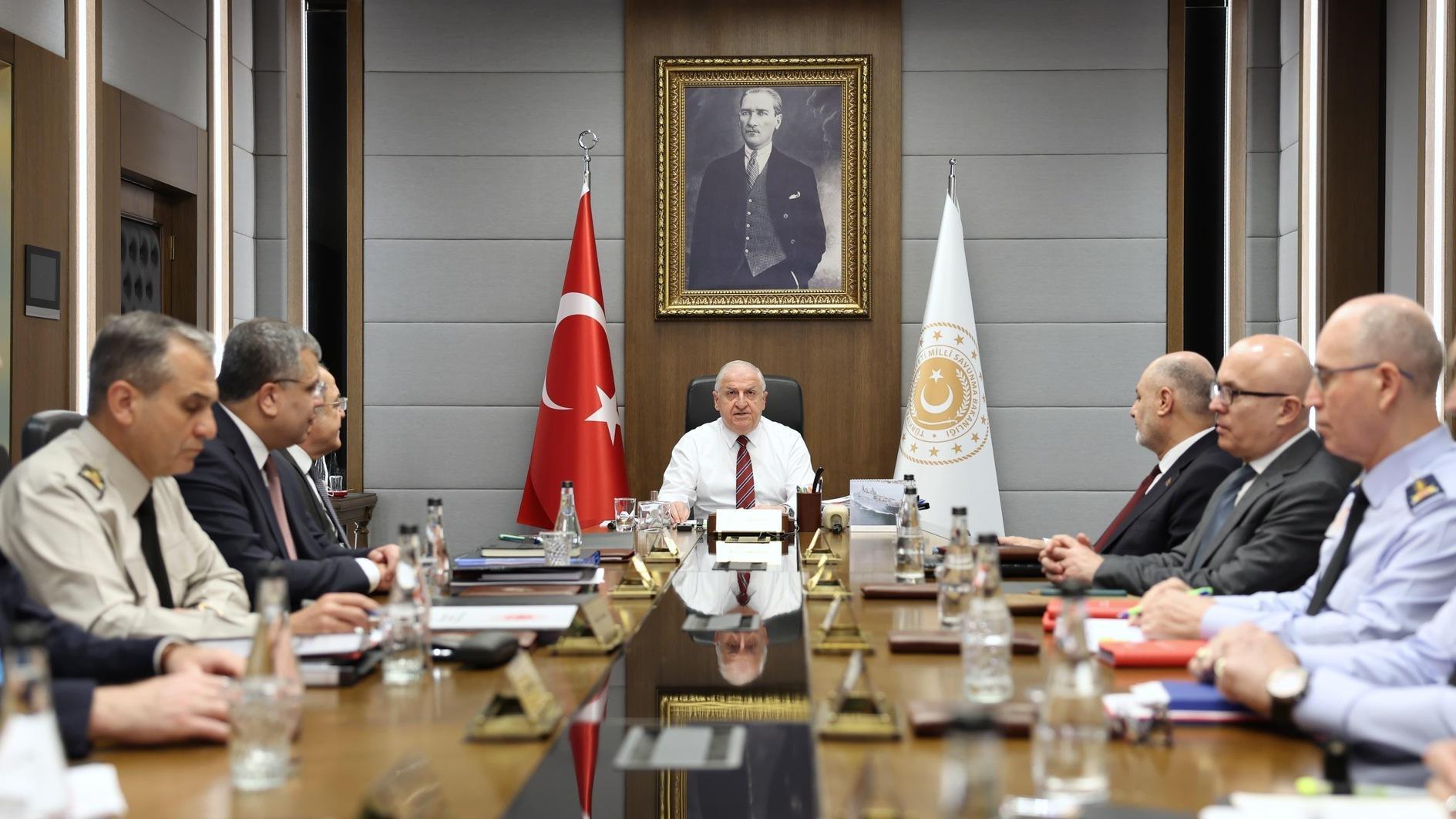Indictment reveals Gülenist network in Turkish Army Aviation
During an unscheduled inspection on July 15, 2016 at the Army Aviation School Command, conducted after a tip-off from a “Major O.K.” to the National Intelligence Organization (MİT), Army Chief Gen. Salih Zeki Çolak asked School Commander Gen. Hakan Atınç whether an individual named Deniz Aldemir was in his contingent.
Atınç replied that Aldemir was the battalion commander of cargo helicopters, who arrived from İzmir with a cargo helicopter one day before. Çolak then asked about another name: Major O.K. Atınç replied that he was trained in the U.S. on cargo helicopters and was serving as a member of staff.
Çolak then asked the critical question: “Do these names have any connection with the movement of Fethullah Gülen? Atınç replied that there was no concrete proof of this, but “based on their attitudes and behavior, as well as their stance among colleagues, they could well have connections with the movement.
However, it is said in the command that O.K. has severed his relations with them.
When Çolak asked whether there were similar people in the corps, Atınç answered as follows: “I have no concrete evidence but it is said that all critical positions in the Air Forces are occupied by Gülenists. What’s more, Brigadier Gen. Ünsal Coşkun is said to be one of them.”
Çolak blasted Atınç for not reporting this to him, Atınç said the following: “I have no information or documents. This is an environment where people constantly make rumors about each other … Because I could not confirm it I did not tell you, but I have shared this information with the Army Staff Commander.”
This dialogue is included on page 335 of the Air Forces indictment on last July’s failed coup attempt.
It took place on July 15, 2016 after a tip-off that coup preparations were made at the Air Forces Command. Upon this tip-off, Chief of General Staff Gen. Hulusi Akar assigned Army Commander Gen. Çolak to inspect the situation at the site.
Let’s look at the roles these names played on the night of the coup attempt.
Major O.K. was the person who tipped off the MİT about the coup preparations. He was later hired by the MİT.
Pilot Major Deniz Aldemir briefed Çolak for half-an-hour about the newly bought CH-47 Chinook heavy-lift helicopters. After Çolak left, Aldemir joined the coup attempt. With the helicopter he flew, he carried military students to the general staff headquarters, then transported putschist officers to the TÜRKSAT satellite center. In the early hours of the morning, he carried more than one ton of ammunition from Çankırı province to the Akıncı Base in Ankara, the nerve center of the coup attempt.
Gen. Ünsal Çoşkun was second in line at the base after Atınç.
After the army commander left, Atınç summoned Coşkun to evaluate the situation. But Coşkun entered with three armed men. One of them, Major Okan Kocakurt, drew his weapon and handcuffed the commander.
These sections from the indictment clearly show how the Turkish Armed Forces were effectively under siege by the Gülen movement.
Before the coup attempt, the commander of the base actually thought his command was largely under the control of the Gülenists. He also had solid intelligence that staff member Major O.K., once a Gülenist, was distancing himself from the Gülen movement.
Likewise, he also had suspicions that number two in the base was a Gülenist, so did not trust him. He was in fact right about this.
The situation at the Güvercinlik Base, 14 kilometers from the Land Forces Command in Ankara, is just a small part of the big picture.
We can deduce that the organizational ties of a significant segment of Gülenist officers who joined the coup attempt were not a big secret.
One striking example of this is that retired military prosecutor Ahmet Zeki Üçok appeared on TV shows in the months before the coup attempt and disclosed the names of Gülenist generals and admirals. Between 2013 and 2015 he appealed to a number of units with a total of 24 letters, giving the names of most of those who would ultimately end up taking part in the July 15 coup attempt.
Can it be possible that the MİT and the Chief of General Staff were not aware of the information that a retired military prosecutor could reach? If the answer is “No,” than an explanation is needed as to why the fight against these suspicious officers was so weak before the coup attempt.











